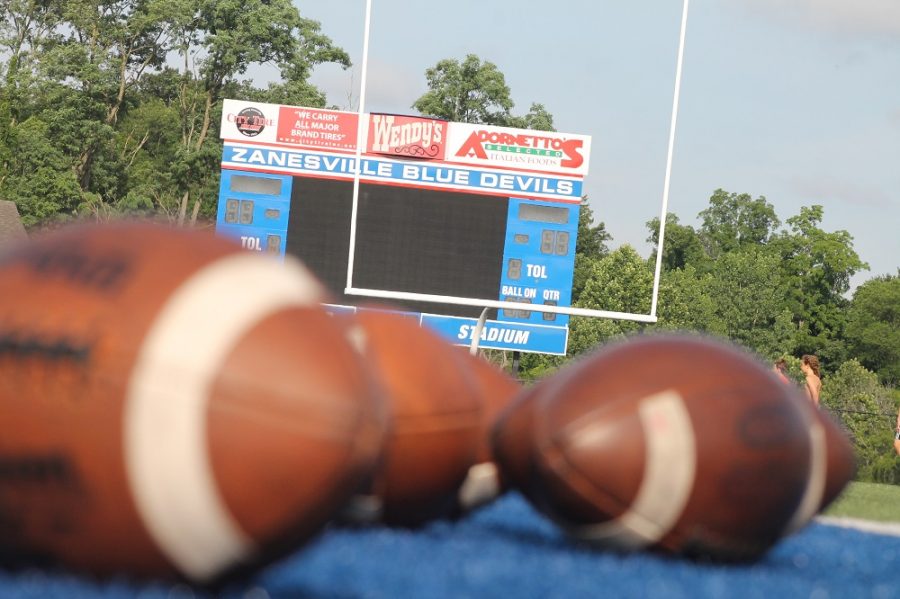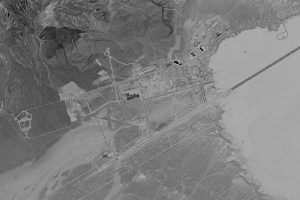Zanesville implementing Riddell InSite technology next season
June 26, 2018
Avid fans of football have witnessed what a bone-crunching hit sounds like from the stands. The crack of helmets colliding or the pop of shoulder pads upon collision can send shivers down the spines of those in attendance.
When a player suffers a hit like this in the open field that raises the eyebrows of his coaches, he will be called to the sideline to be evaluated for a possible concussion. But what about when he’s stuck in a pile after a play and gets hit in the head or if the impact lacks the ear-shattering sound of a normal big collision?
It’s possible these kind of impacts might be missed, which poses a much bigger problem. If a player has the symptoms of a concussion, but his coaches are unaware, there could be catastrophic consequences down the road.
This is exactly why Zanesville High School is introducing Riddell InSite technology in their helmets next season. Unveiled in 2013, the sensors placed in helmets track head impacts and relay information on the hits to a coach or trainer on the sideline, who uses a small handheld device to gauge what kind of force the hit had.
“I really started to get interested into it more when all the concussion stuff was really coming to light here in the last several years,” head athletic trainer Steve Shroyer said. “So what they are (the equipment) is just another tool to identify a kid that might be a candidate to have a concussion.”
According to Shroyer, the implementation of the technology into the team’s helmets did not take an extended period of time. The school sent helmets away to Riddell for a yearly inspection and refurbishment and received them back in the same amount of time, even with the new additions.
While the technology is not designed to diagnose a concussion, it does have the ability to accurately provided detailed information at the fingertips of whomever has the hand-held monitor.
“InSite computes HITsp, an advanced head impact exposure metric encompassing effects of linear and rotational acceleration, duration and location into a single measure of head impact severity,” a press release on Riddell’s press release stated. “This composite measurement is more sensitive to diagnosed concussions than any other impact severity metric currently available.”
Essentially, the sensors located within the helmet track impact in G-force and calculate the direction the hit came from. This then relays the information to a monitor, which displays the affected area of the head on screen.
Justin Kenny, Communications Manager at Riddell, said the technology typically cost in the range of $175 – $200 per helmet, not including the refurbishing costs or expense for a new helmet all together. Shroyer said the school was responsible for that bill, which was lumped in with the helmet reconditioning costs.
While the technology has not thoroughly been put to use quite yet, given how early in the year the team is, the helmets will be used consistently for practice and game situations. The season begins for the Blue Devils on Aug. 24 against Newark High School at White Field.











